Amsterdam, the capital of the Netherlands, is known for its artistic heritage, elaborate canal system and narrow houses with gabled facades, legacies of the city’s 17th-century Golden Age. Jewish history is ingrained in the very cobblestones of Amsterdam, and communities of both Sephardim and Ashkenazim have called this city home for nearly five hundred years. The city has produced some of the most well known Jewish writers, artists, intellectuals, and politicians in the world. In addition to its rich history, Amsterdam also has a thriving Jewish cultural life from its restaurants to its museums.
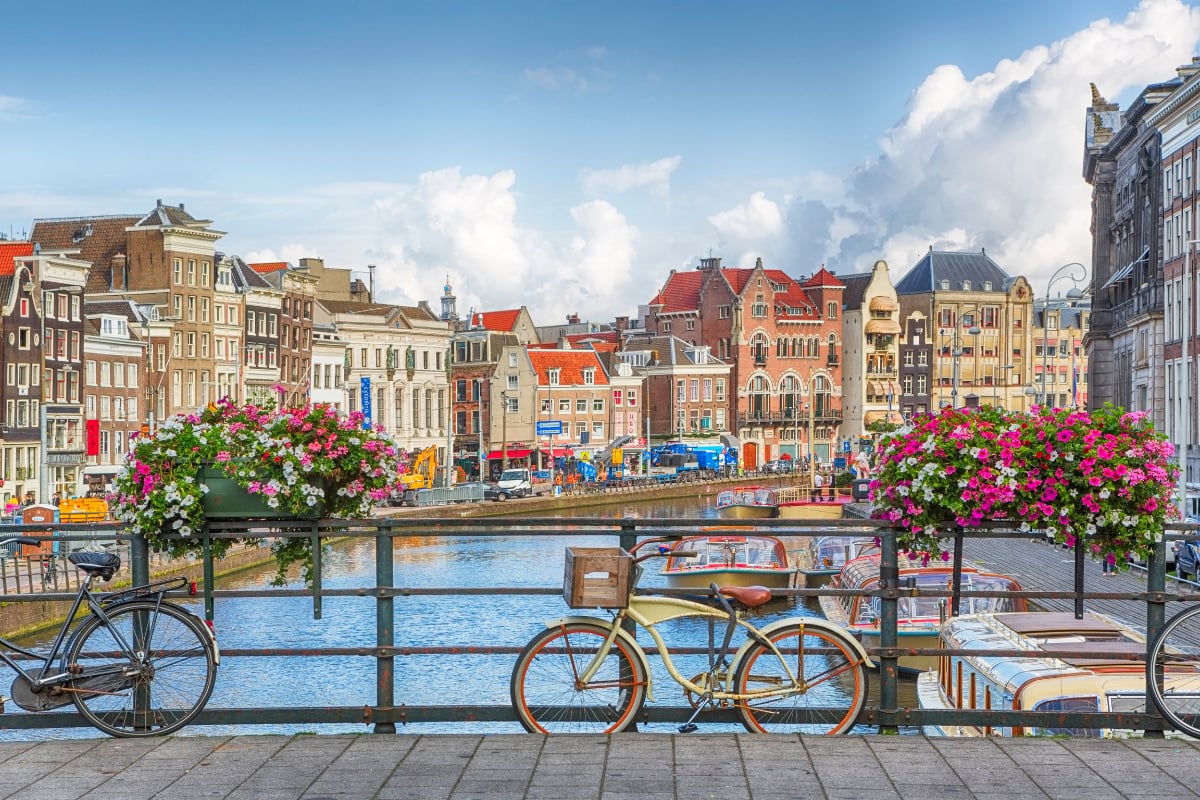
Sephardi and Ashkenazi: The Jewish Cultural Communities of Amsterdam
Jews arrived in Amsterdam at varying times in the city’s history. The first community that came were the Sephardim from Spain, Portugal and the Ottoman Empire. When Spain began to introduce laws expelling the Jews during the 13th century, the Netherlands became a safe haven for religious freedom.
Ashkenazi communities made their way to Amsterdam during the 17th century. Again, these Jews were fleeing from the anti-Jewish measures of Western Europe. At first, they were entirely dependent on the Sephardi community gaining independence over time. Jews established their own cultural centers in the eastern part of the city in the Jodenbuurt, the Jewish Quarter. However, it wasn’t only Jews that lived in the quarter. One of the most famous Dutch artists in history, Rembrandt, had a house there and sketched his Jewish neighbors.
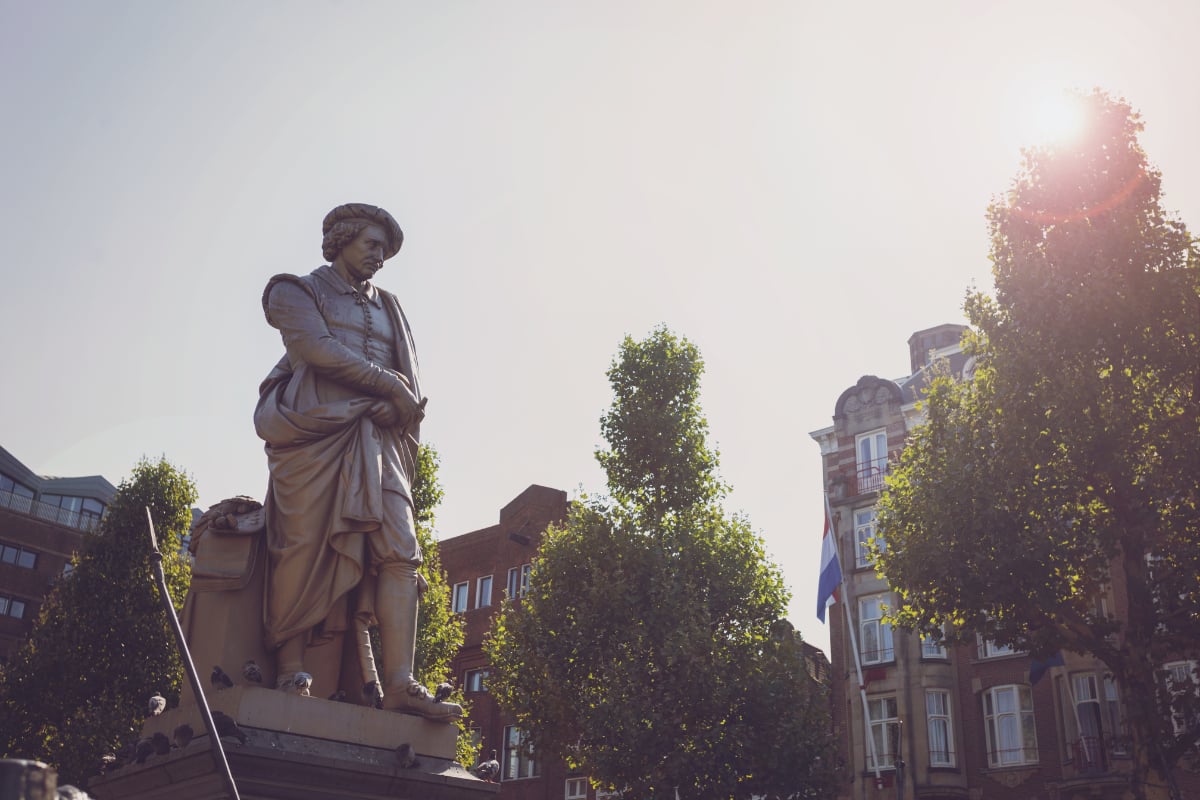
From Tradesmen to the Intellectual Elite
Although they were prohibited from joining workers guilds in the Netherlands, Jews occupied a range of jobs and specializations. They held positions in the diamond and silk industries, worked as merchants and tradesmen, and even owned their own businesses. Despite this success, the community was still considered to be very poor. This, however, was a small price to pay for the freedom to practice Judaism.
Culturally speaking, Amsterdam was the ideal place for the flourishing of Jewish language and culture. The dominant language of the community during the 18th and 19th centuries quickly became Yiddish. From that development came the Yiddish printing presses, which turned out more Yiddish literature than anywhere else in Europe. Intellectually speaking, by the 19th century, Jews had also moved their positions upwards, now able to become doctors and attend other prestigious universities and art schools.
From Religious Freedom to Nazi Persecution
Despite centuries of development, it didn’t take long for the vibrant world of Jewish Amsterdam to come crashing down in the 20th century. The Nazi party made its way to the Netherlands in 1940 and began to instill a range of Jewish limitations and deportations. Most Jews were deported either to Buchenwald or Mauthausen concentration camps. This was done with the help of the Dutch government and the corresponding Dutch Nazi party. Centuries of assimilation and interaction did not stop the Dutch people from turning in their Jewish neighbors. By the time the Canadian forces liberated the Netherlands 80% of Dutch Jewry had perished.
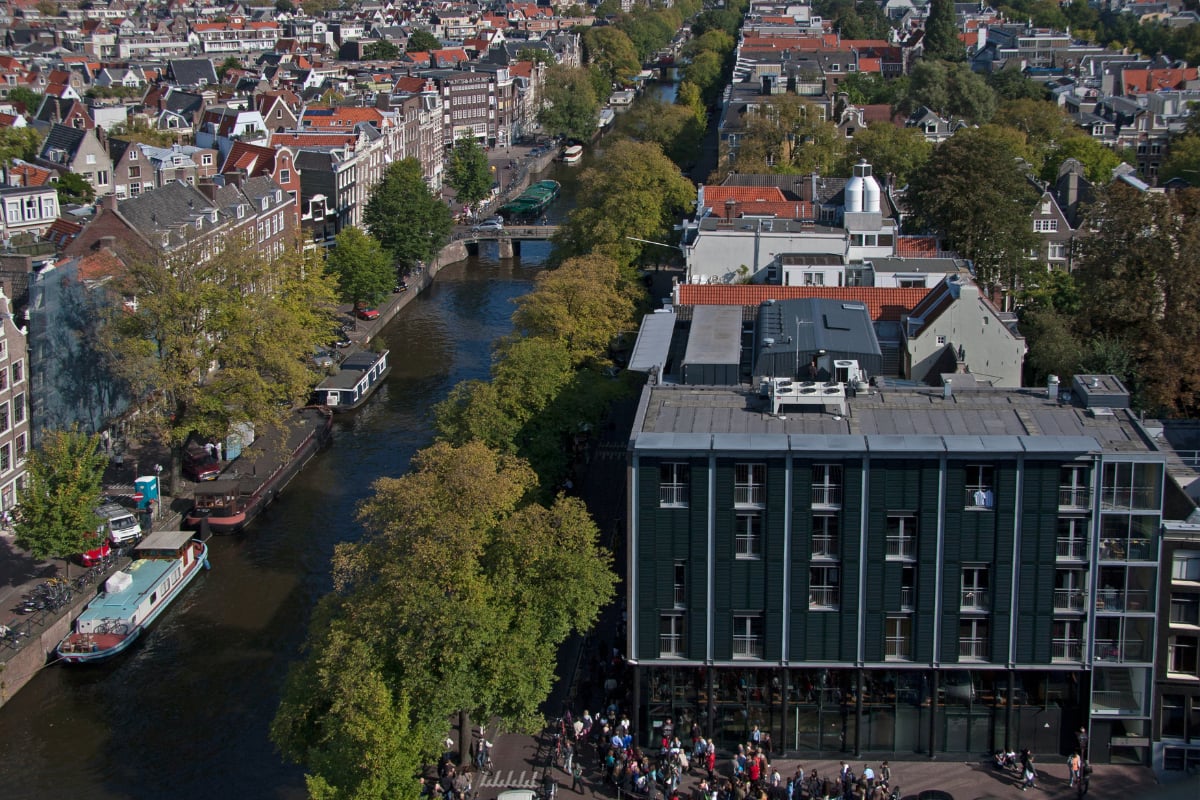
Jewish Amsterdam Today
Today the community has managed to rekindle the culture that was lost and commemorate the memory of Jews that died during the Holocaust. There are also a number of Jewish schools, radio stations, a local paper, and a number of kosher restaurants. Jewish culture from other countries also finds a distinct home in the Netherlands. Israelis in particular have found a significant cultural footing in the country through food. Restaurants such as Mana Mana and Machne Yehuda give the people of Amsterdam a taste of Jewish Mediterranean culture.

Jewish Culture in the Quarter and Beyond
Although the original Jewish quarter, Jodenbuurt, was mostly destroyed by the Nazis, the area now houses a range of historic Jewish buildings and museums. One of the most well known buildings is the “Snoga” or the Portuguese Synagogue. It serves as a remnant of 17th century Sephardi Dutch prosperity and is considered to be one of the most beautiful synagogues in Europe. Just across the road from the Snoga is the Jewish Historical Museum which houses over 11,000 artifacts from varying periods of Jewish Dutch history. The museum is famous for its presentation of artifacts and most of the exhibits are designed to show the influence Dutch and Jewish culture had on each other.
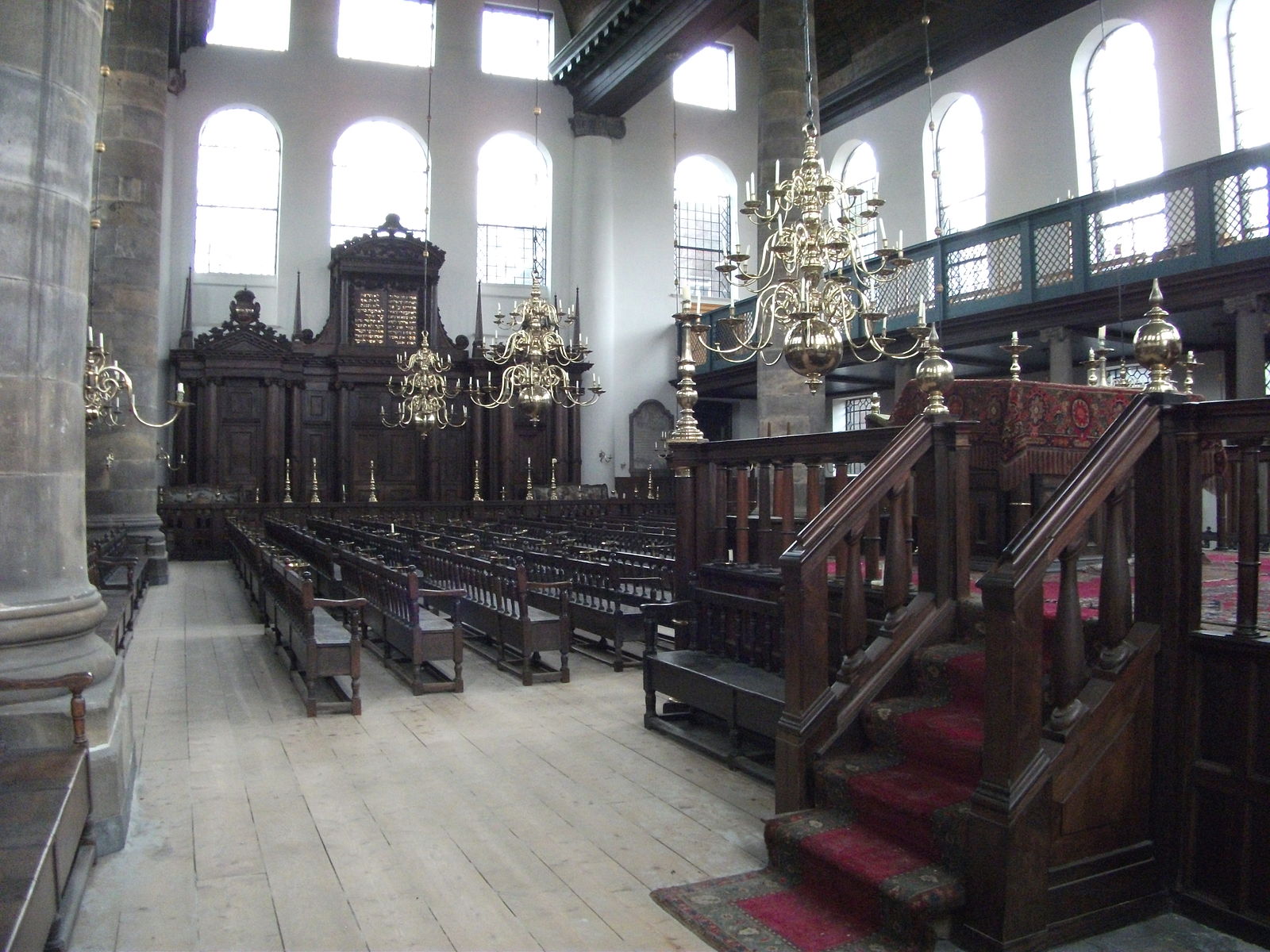
One of the biggest points of shared culture between the Netherlands and its Jewish population came from the diamond industry. One family that thrived in this enterprise was the Asscher family who built the Diamond Company House of Culture in 1907. In 1980 they were bestowed with a Royal title by Queen Juliana of the Netherlands. Although most of the Asscher family perished in the Holocaust, they are remembered for their contributions to the city.
Of course, one cannot talk about historic sites in Amsterdam without mentioning the Anne Frank House. Anne Frank, along with her family hid from Nazi persecution in a secret annex at the back of their 17th century canal house. This is one of the most visited sites in the city bringing to life the words captured in her diary.
In addition to its tradesmen, there are a number of notable Jewish figures that hailed from Amsterdam. Oftentimes the thriving of Jewish artisans followed the trends of Dutch artistic innovation. One such artist was Isaac Lazarus Israels. He made a name for himself during Amsterdam’s Impressionism movement in the late 19th century. From an early age Isaac displayed unparalleled talent and sold his first painting at the age of 16. Many of his works can be viewed at the Rijksmuseum, the national museum of the Netherlands.
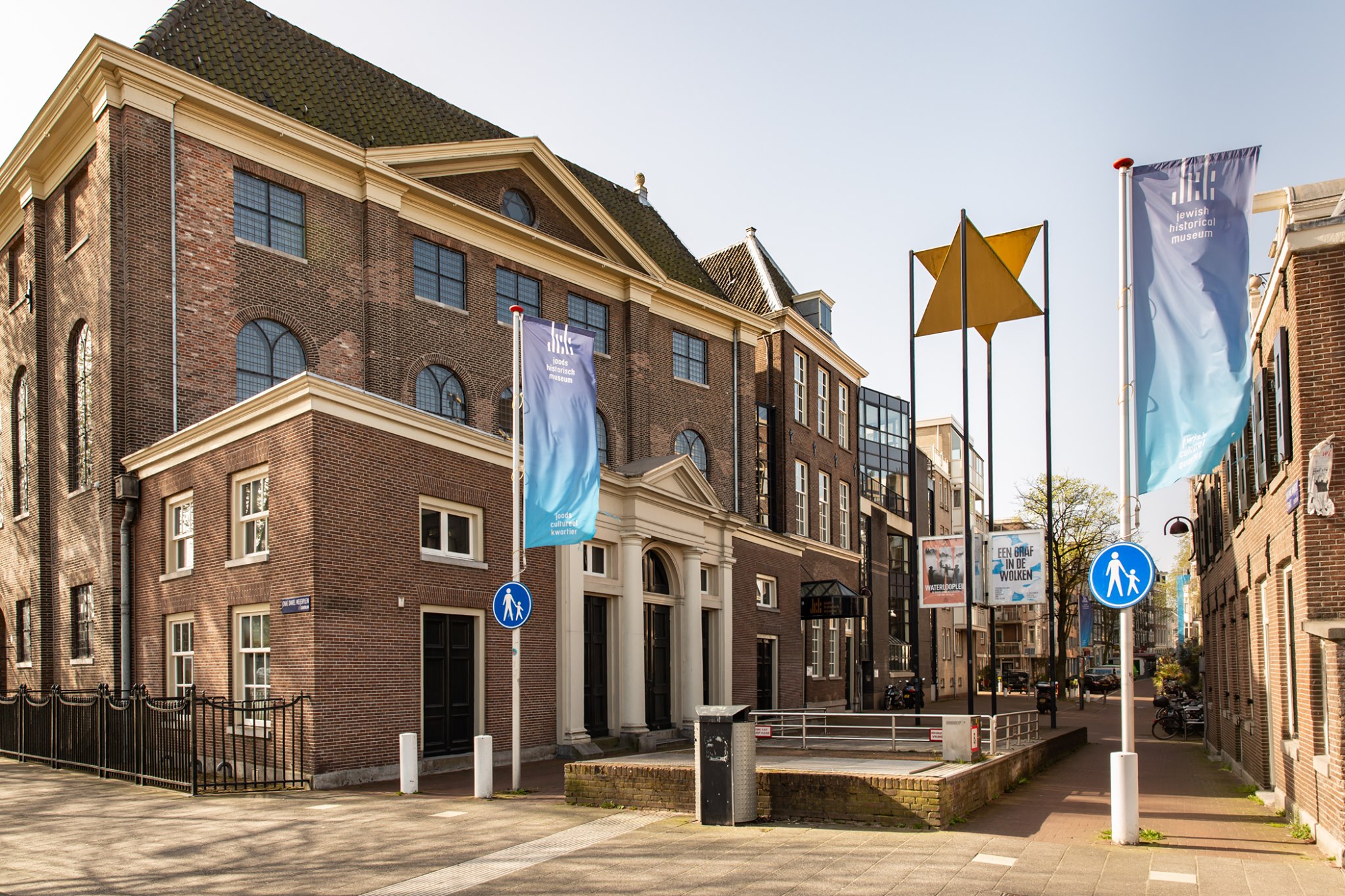
Amsterdam: A Haven For World Jewish Culture
From the very start Jewish Amsterdam has made a lasting name for itself, both in the Netherlands and the world at large. Although the community has seen untold persecution and harm, it has prospered more than most Jewish communities. This history is well preserved in a city that now celebrates its Jewish heritage and continues to welcome new Jewish immigrants with open arms.

